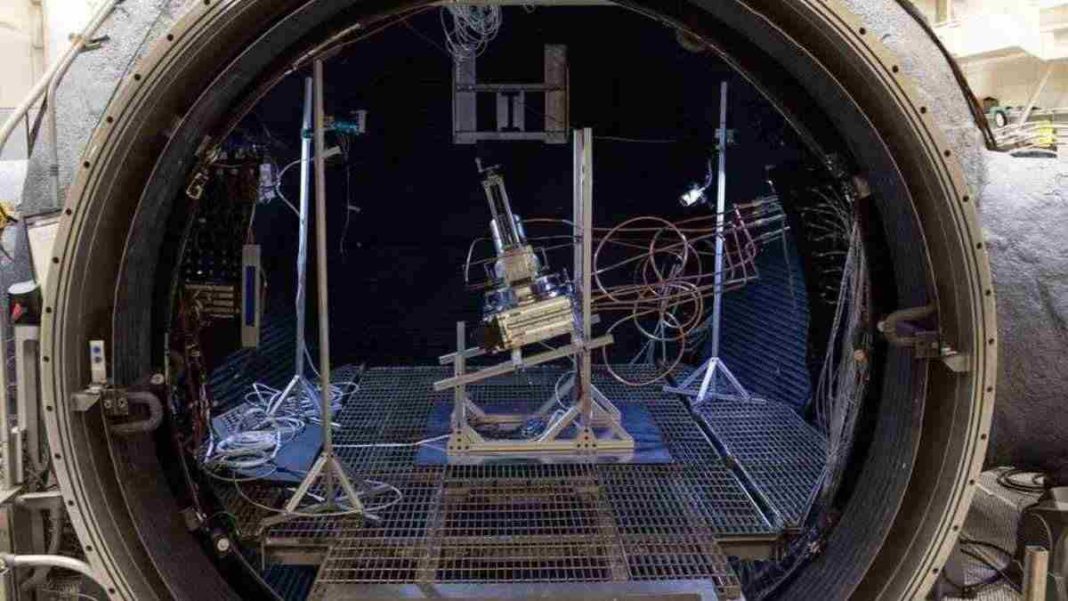UNITED STATES: As a result of successful testing conducted by NASA’s CaRD team at Johnson Space Center in Houston, the space agency has made significant progress towards establishing a long-term human presence on the Moon and other extraterrestrial worlds. They have demonstrated the potential for in-situ resource utilization (ISRU) on the Moon by extracting oxygen from simulated lunar soil in a vacuum environment.
The CaRD team used a special spherical chamber called the Dirty Thermal Vacuum Chamber to conduct the test. They melted the lunar soil simulant within a carbothermal reactor using a high-powered laser that simulated heat from a solar energy concentrator. The Mass Spectrometer Observing Lunar Operations (MSolo) allowed scientists to draw oxygen from the soil and find carbon monoxide.
For establishing a permanent presence on the lunar surface, oxygen is an essential resource. Visitors to the moon can stay longer and conduct more extensive explorations because it can be used for breathing and as a means of propulsion. The successful extraction of oxygen from simulated lunar soil in a vacuum environment paves the way for the potential production of several times its own weight in oxygen per year on the lunar surface. This will allow for a prolonged human presence and the lunar economy.
A carbothermal reactor must be able to maintain pressure to prevent gases from escaping to space while still allowing lunar material to enter and exit the reaction zone if this method is to be used to produce oxygen on the Moon. The CaRD team was able to simulate lunar surface conditions by running the reactor in a vacuum environment, raising its technical readiness level from three to six, indicating that the technology has a fully functional prototype or representational model and is prepared to be tested in space.
The extraction of oxygen from simulated lunar soil in a vacuum environment represents a significant milestone in NASA’s efforts to enable a sustainable human presence on the Moon and beyond. The technology demonstrated by the CaRD team could be applied to the Artemis missions, which aim to send the first woman and the next man to the Moon by 2024, as well as future journeys deeper into the solar system.
Also Read: NASA’s IXPE Satellite Produces Detailed Map of Magnetic Fields in Crab Nebula



